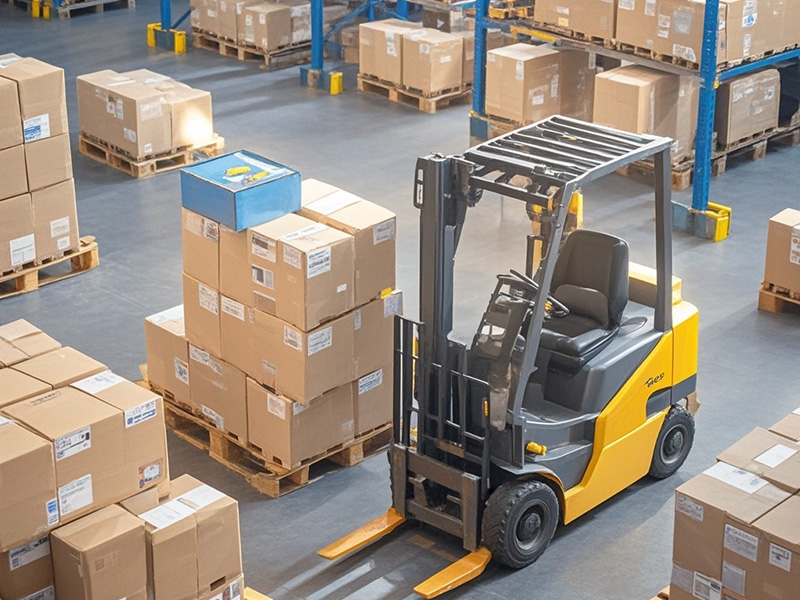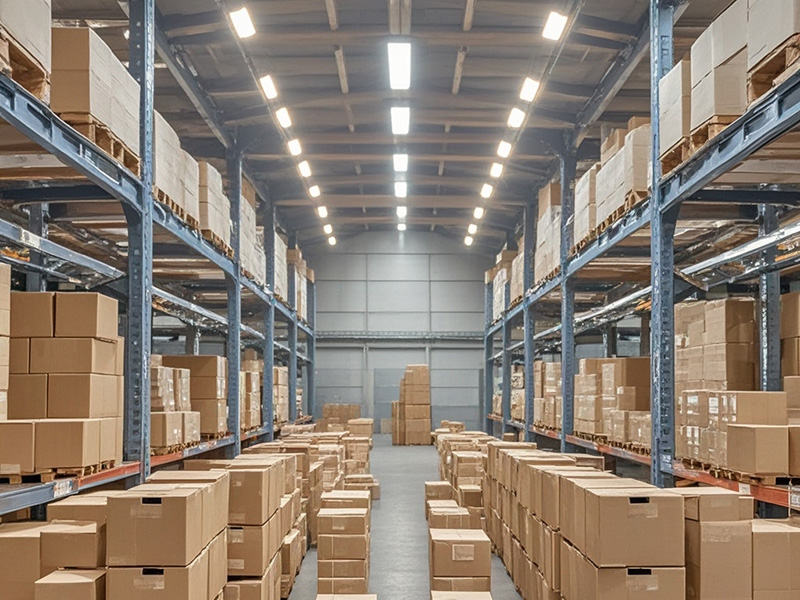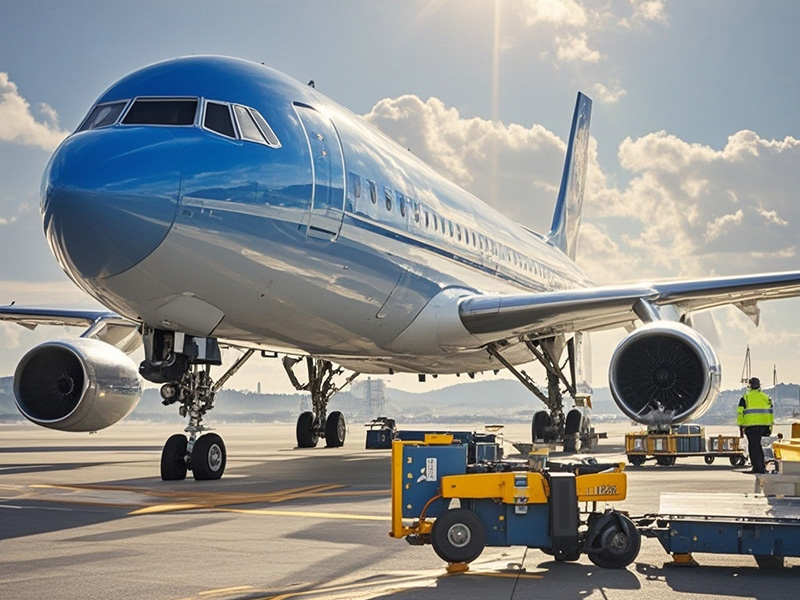In the context of the prevalent “stay-at-home economy,” there has been a significant change and upgrade in consumption habits among Southeast Asian people. The number of people shifting from offline to online shopping has increased dramatically, forming a new e-commerce consumption model. However, with the substantial growth of shopping crowds in Southeast Asia and changes in national policies, the biggest variable for cross-border e-commerce is logistics.

This year, there have been frequent changes in logistics, with significant price fluctuations. Logistics and distribution in Southeast Asian countries have become the biggest challenge faced by cross-border e-commerce enterprises. Taking the current Southeast Asian market as an example, the transportation of a large number of goods, coupled with the local logistics situation, can lead to various issues with cross-border parcels, reducing consumers’ shopping experience.

Based on online surveys conducted by several major Southeast Asian cross-border e-commerce shopping platforms such as LAZADA and SHOPEE, more and more Southeast Asian consumers are paying attention to logistics brands and delivery services themselves while shopping cross-border.
Cross-border logistics is a critical issue that must be addressed for the leapfrog development of cross-border e-commerce in the future. Only with denser delivery stations, more personalized brand experiences, and more convenient technology-driven solutions can Southeast Asian consumers be won over.

Although the current state of cross-border e-commerce logistics in Southeast Asia has developed significantly in recent years, there is still a gap compared to mature markets like China, Europe, and the United States.
Firstly, regarding logistics infrastructure, Southeast Asian countries vary in terms of roads, railways, shipping, and aviation development. Some countries’ road networks and port facilities are not yet perfect, posing certain challenges for cross-border e-commerce cargo transportation.

Secondly, Southeast Asian countries have different tariff, customs inspection, and documentation requirements. This leads to various regulations and procedures that cross-border e-commerce imports and exports must adhere to, adding many steps and detailed processing.

 alt=""
alt="" 


 Logistics line quotation
Logistics line quotation Cross-border express order
Cross-border express order 24 hours online customer service
24 hours online customer service Huixiang Cross-border Logistics all rights reserved
Huixiang Cross-border Logistics all rights reserved 






